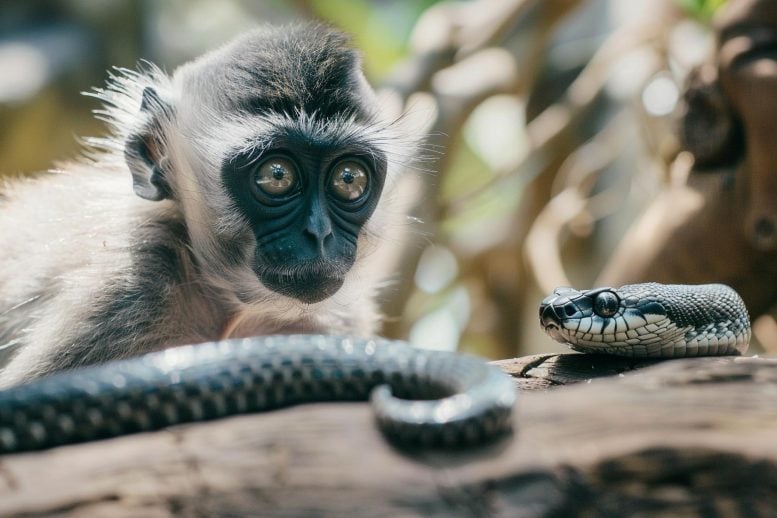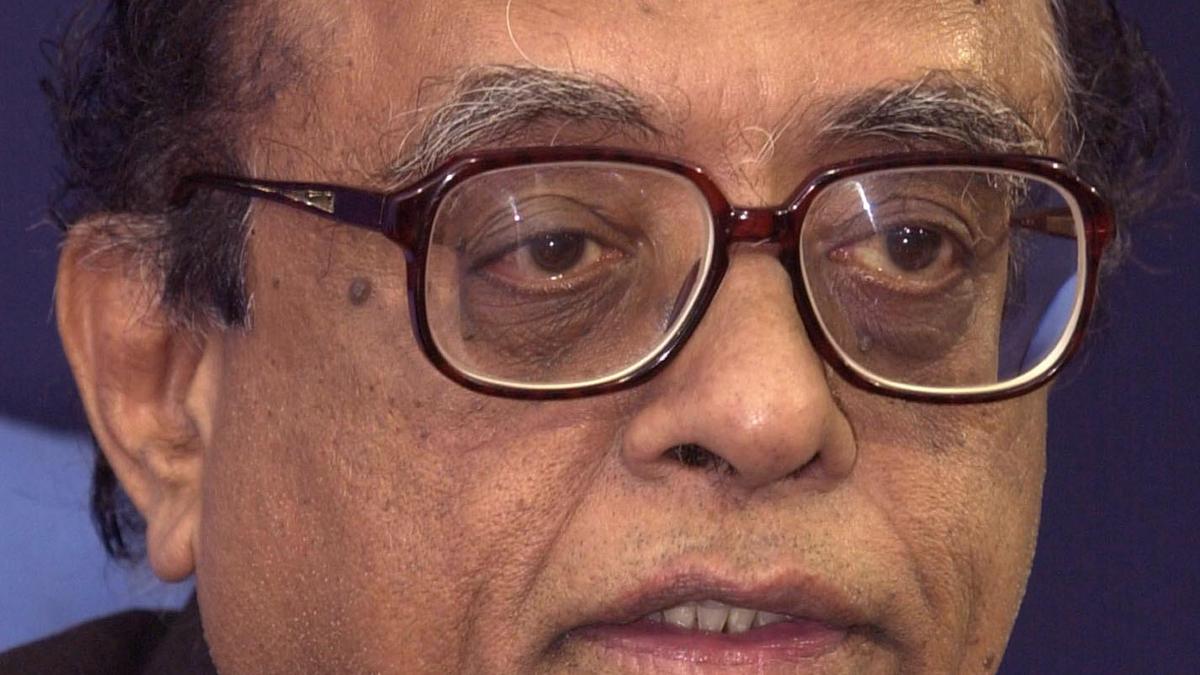
The intelligence of dinosaurs has fascinated researchers for decades, challenging traditional perceptions of these ancient creatures as lumbering, instinct-driven reptiles. Recent studies have introduced groundbreaking insights, revealing surprising cognitive capabilities in certain species. With advances in paleontology and technology, scientists are now reconstructing a more nuanced picture of the mental faculties of dinosaurs, allowing us to identify some of the most intelligent species.
Reassessing the Cognitive Abilities of Tyrannosaurus Rex
The Tyrannosaurus rex, often celebrated as one of the most fearsome predators in history, has also been scrutinized for its brainpower. Historically, its predatory success was attributed to its sharp senses, strategic hunting, and social behaviors. However, the question of its intelligence remains contentious.
A 2024 study led by paleontologist Dr. Emily Wright at the University of Alberta challenged long-standing claims about the T. rex’s neural capacity. Using advanced imaging techniques on fossilized skulls, the team reevaluated the size and density of its brain. Their findings, published in The Anatomical Record, revealed that the neuron count in the T. rex’s brain was comparable to modern-day crocodilians, animals known more for their instinct-driven behavior than for complex cognitive skills. The study noted that “the T. rex may have been highly efficient in processing sensory inputs, but its problem-solving abilities were likely limited.”
Despite this, its sensory acumen—particularly in vision and smell—was unmatched, making it a formidable predator in its ecosystem. Fossils from Hell Creek Formation in Montana indicate that T. rex occupied a dominant role in the food chain approximately 68–66 million years ago. Its intelligence, though perhaps exaggerated in popular media, was well-suited to its role as an apex predator.
Troodon: The “Brainiest” Dinosaur?
Among dinosaurs, the Troodon is often hailed as the “brainiest.” This small theropod, discovered in regions spanning modern-day Canada and the northern United States, had a brain-to-body ratio significantly higher than most other dinosaur species. At 1.2 meters in height and weighing about 50 kilograms, the Troodon was relatively small, but its intelligence made it a fascinating subject of study.
Paleontologists have focused on its large optic lobes, which suggest exceptional vision, likely aiding its nocturnal hunting habits. According to Dr. Sarah McConnell, a researcher at the Royal Tyrrell Museum, “Troodon’s brain structure indicates advanced sensory capabilities and potential for complex decision-making.” Fossil evidence from the Dinosaur Park Formation in Alberta reveals that Troodon likely preyed on small mammals and reptiles, using its curved claws and sharp teeth for precision.
Moreover, its enlarged cerebral hemispheres, regions associated with higher-order processing in modern animals, suggest that it might have been capable of learning and memory retention. While its exact behaviors remain speculative, its neural architecture sets it apart as one of the most cognitively advanced dinosaurs.
Velociraptor’s Pack Hunting and Problem-Solving Skills
The Velociraptor, immortalized in popular culture, has been widely studied for its presumed intelligence. Fossils of Velociraptor have been uncovered in the Djadokhta Formation of Mongolia, dating back approximately 75 million years. Though smaller and less imposing than its cinematic depiction, real Velociraptors were agile, feathered predators that demonstrated intriguing behavioral traits.
Paleontologists believe Velociraptors may have exhibited pack-hunting behaviors. Evidence of coordinated attacks on prey is sparse but compelling, as seen in the famous fossil dubbed the “Fighting Dinosaurs,” which depicts a Velociraptor locked in combat with a Protoceratops. Additionally, their brain structure, as reconstructed through endocasts, shows regions associated with sensory integration and motor coordination.
Recent research led by Dr. Alan Smith from the American Museum of Natural History examined wear patterns on Velociraptor claws and teeth. The findings suggest that the species may have engaged in strategic feeding behaviors, such as targeting vulnerable areas of prey. This level of precision indicates advanced motor skills and possibly learned behaviors, traits associated with higher intelligence.
Comparing Cognitive Traits: A Brief Overview
To summarize the cognitive abilities of these remarkable species, here’s a comparative table based on current research:
| Species | Brain-to-Body Ratio | Notable Cognitive Traits | Region Found | Time Period |
|---|---|---|---|---|
| Tyrannosaurus rex | Moderate | Exceptional sensory acuity | North America | 68–66 million years ago |
| Troodon | High | Advanced vision, potential learning | Canada, Northern U.S. | 76–70 million years ago |
| Velociraptor | Moderate | Pack hunting, strategic problem-solving | Mongolia | 75 million years ago |
Rethinking Dinosaur Intelligence
While it is tempting to anthropomorphize dinosaurs based on modern standards of intelligence, their cognitive abilities were uniquely adapted to their environments. Whether it was the sensory-driven prowess of Tyrannosaurus rex, the cerebral complexity of Troodon, or the social strategies of Velociraptor, these species demonstrate that intelligence is not a one-size-fits-all concept. Instead, it is a reflection of survival needs and evolutionary pressures. As technology continues to enhance our understanding of prehistoric life, the intelligence of dinosaurs may yet reveal more surprises.
Got a reaction? Share your thoughts in the comments
Enjoyed this article? Subscribe to our free newsletter for engaging stories, exclusive content, and the latest news.









Leave a Comment